6 extinct animals that could be brought back to life
Woolly mammoth
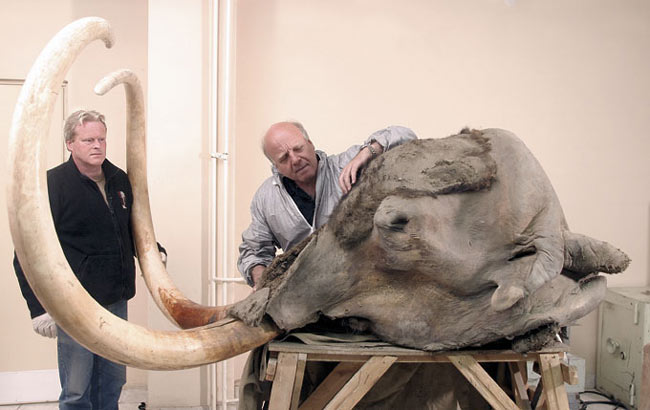
There are some extinct species — such as the woolly mammoth, shown above — that may be brought back to life if scientists can overcome some practical hurdles and thorny ethical questions. This gallery shows six of the species that researchers talked about reviving at a March 2013 forum called TEDxDeExtinction in Washington, D.C.
Woolly mammoth
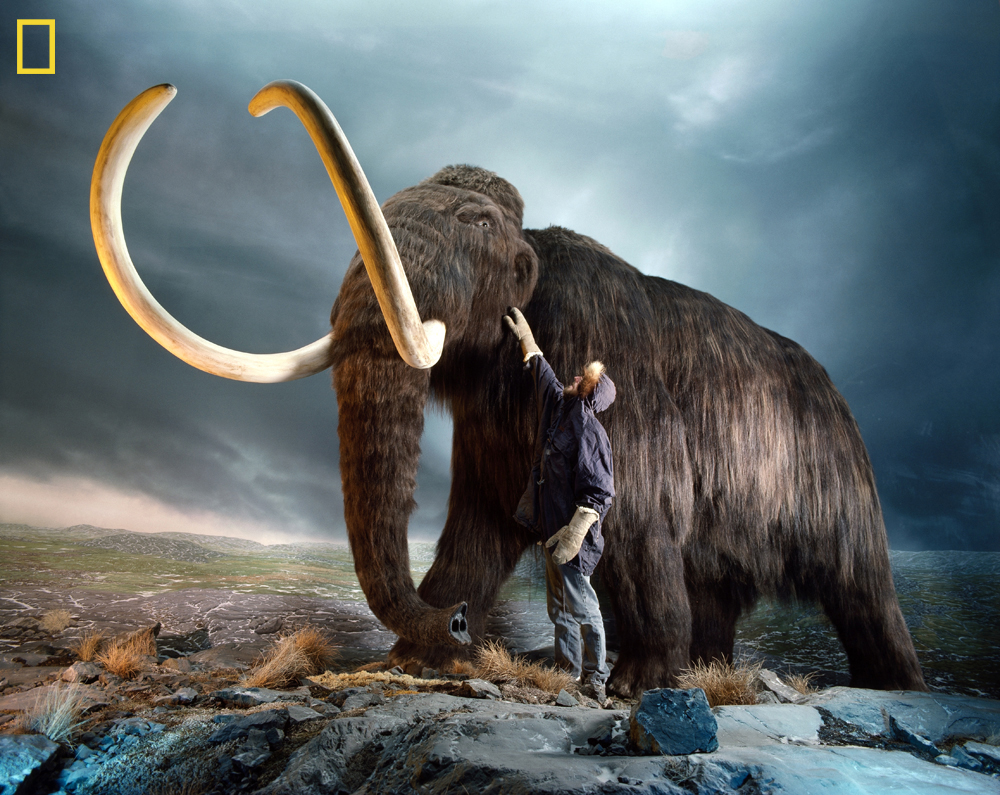
This photo shows a museum worker inspecting a replica of a woolly mammoth.
Tasmanian tiger
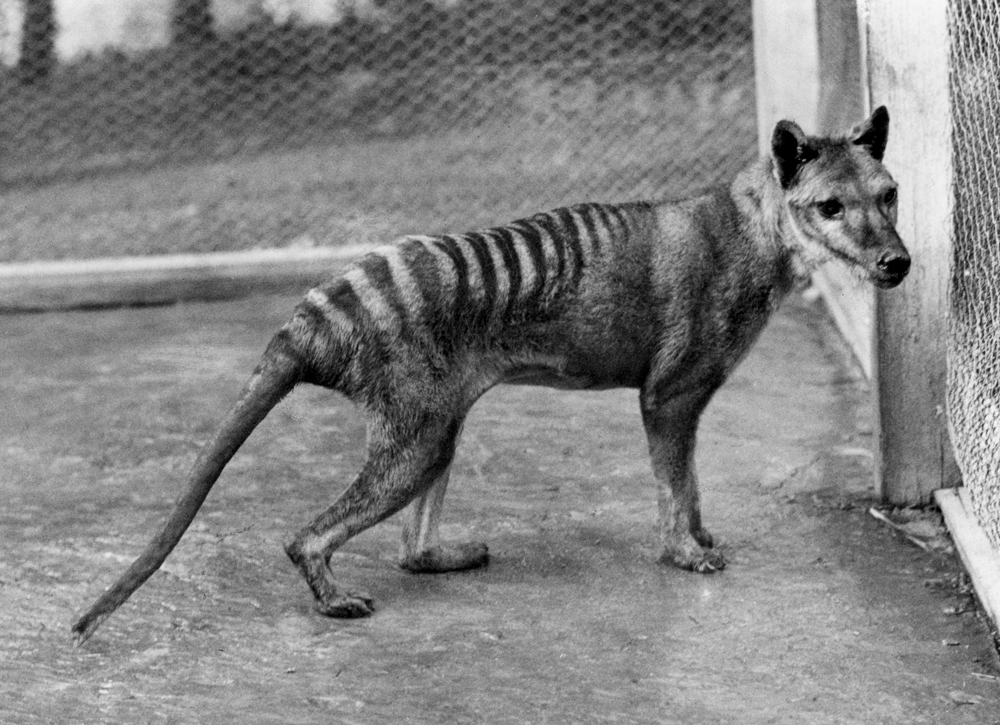
Thylacines, or Tasmanian tigers, were found throughout most of the Australian island of Tasmania before Europeans settled there in 1803.
Tasmanian tiger
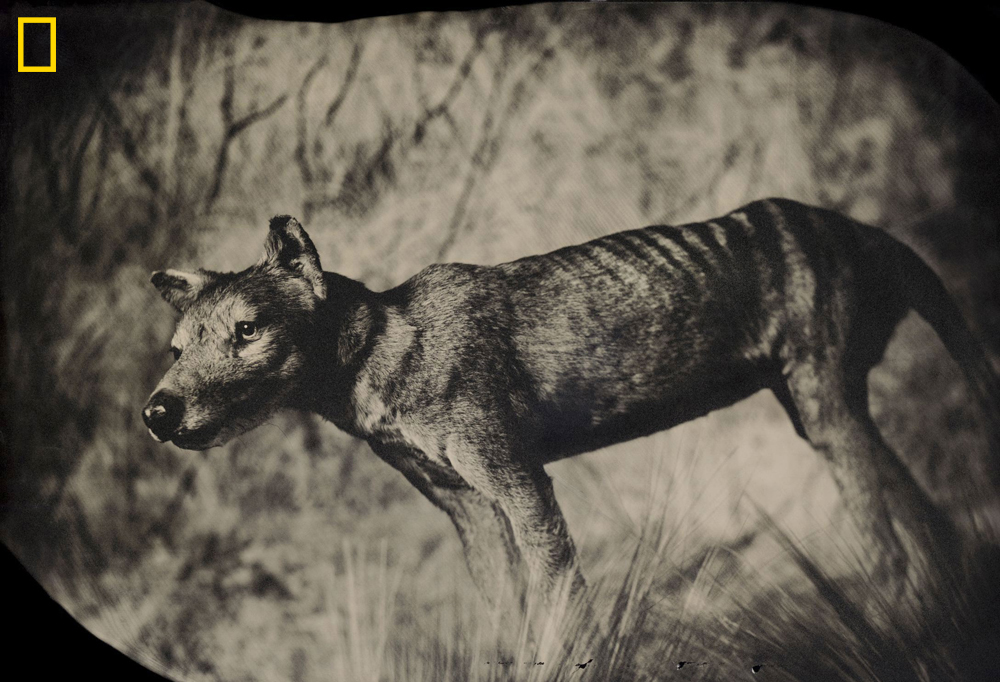
Starting at the end of the 19th century, the Tasmanian government paid bounties for thylacine carcasses, as the animals were believed to prey on farmers' sheep and poultry. The marsupials were hunted to extinction by the 1930s. The last known individual died in a Tasmanian zoo in 1936. This photo shows a taxidermic specimen at the American Museum of Natural History in New York.
Passenger pigeon
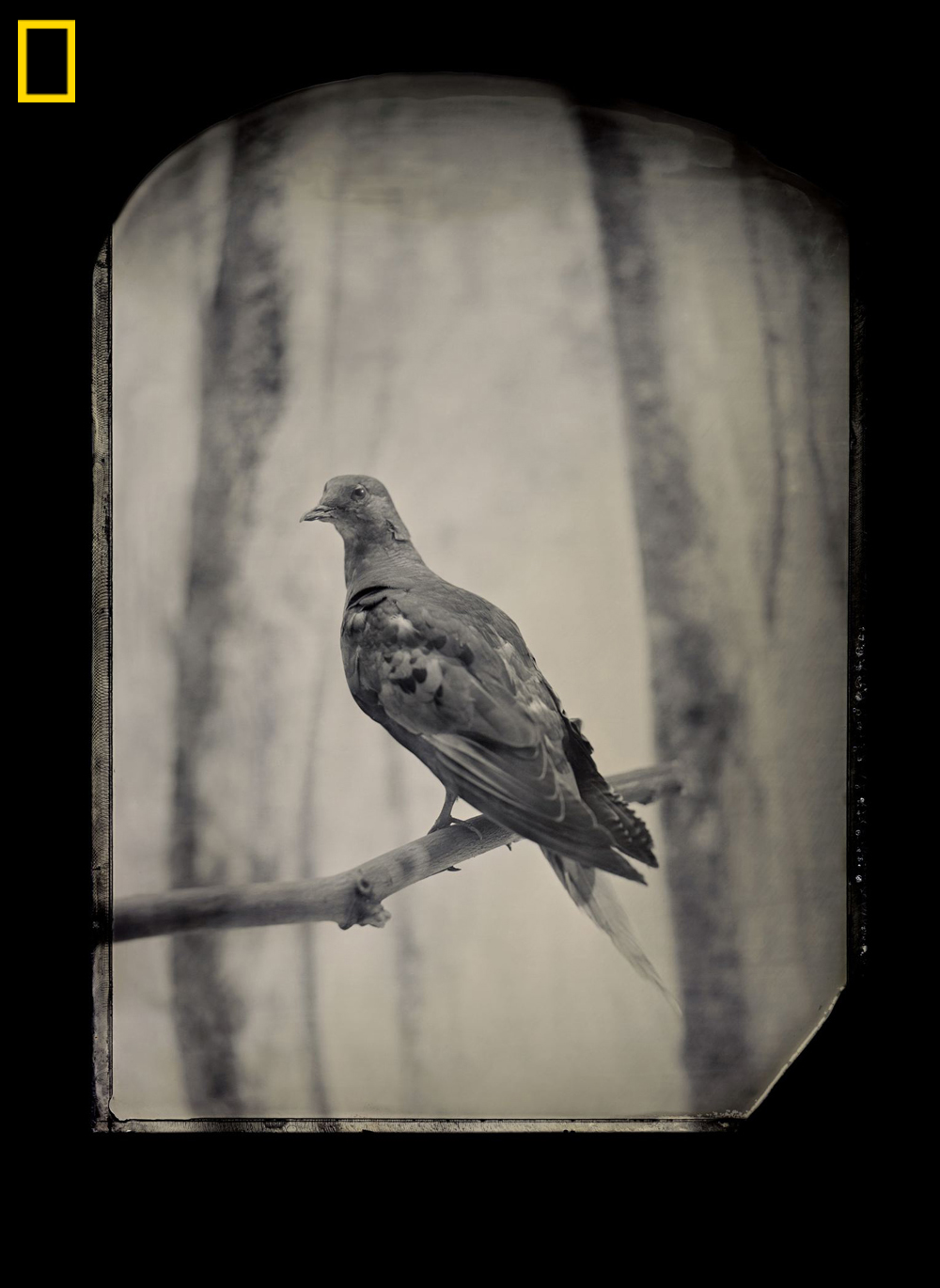
Passenger pigeons (Ectopistes migratorius) once blanketed the skies of eastern North America, but hunting and deforestation brought them to extinction 100 years ago. Martha, the last one, died at the Cincinnati Zoo in 1914.
Gastric brooding frogs
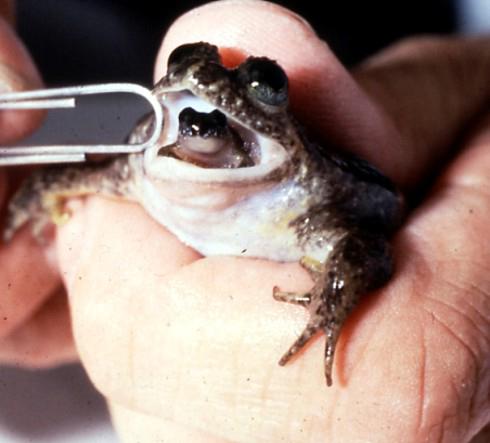
Gastric brooding frogs come in two species: Rheobatrachus vitellinus and R. silus (pictured above and last seen in 1985). These frogs had a unique mode of reproduction: The female swallowed fertilized eggs, turned its stomach into a uterus and gave birth to froglets through the mouth. Timber harvesting and the chytrid fungus are the main suspects behind their extinction.
Carolina parakeet
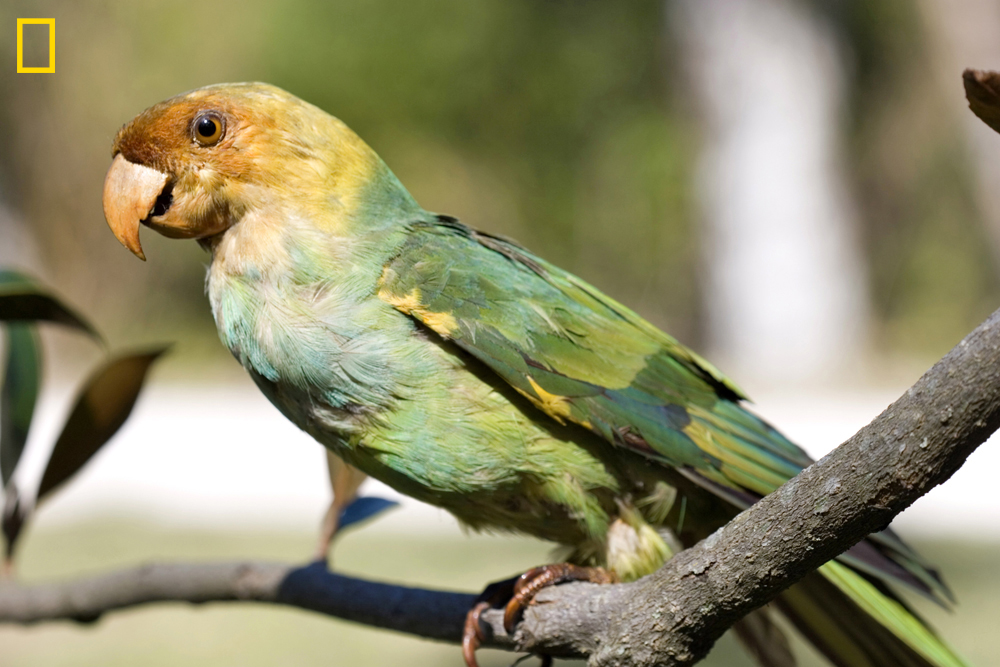
The Carolina parakeet (Conuropsis carolinensis) was the only native species of parrot in the eastern United States, having ranged from southern New York to the Gulf of Mexico, and as far west as Wisconsin. The birds went extinct in the early 20th century.
Sign up for the Live Science daily newsletter now
Get the world’s most fascinating discoveries delivered straight to your inbox.
Saber-toothed cat
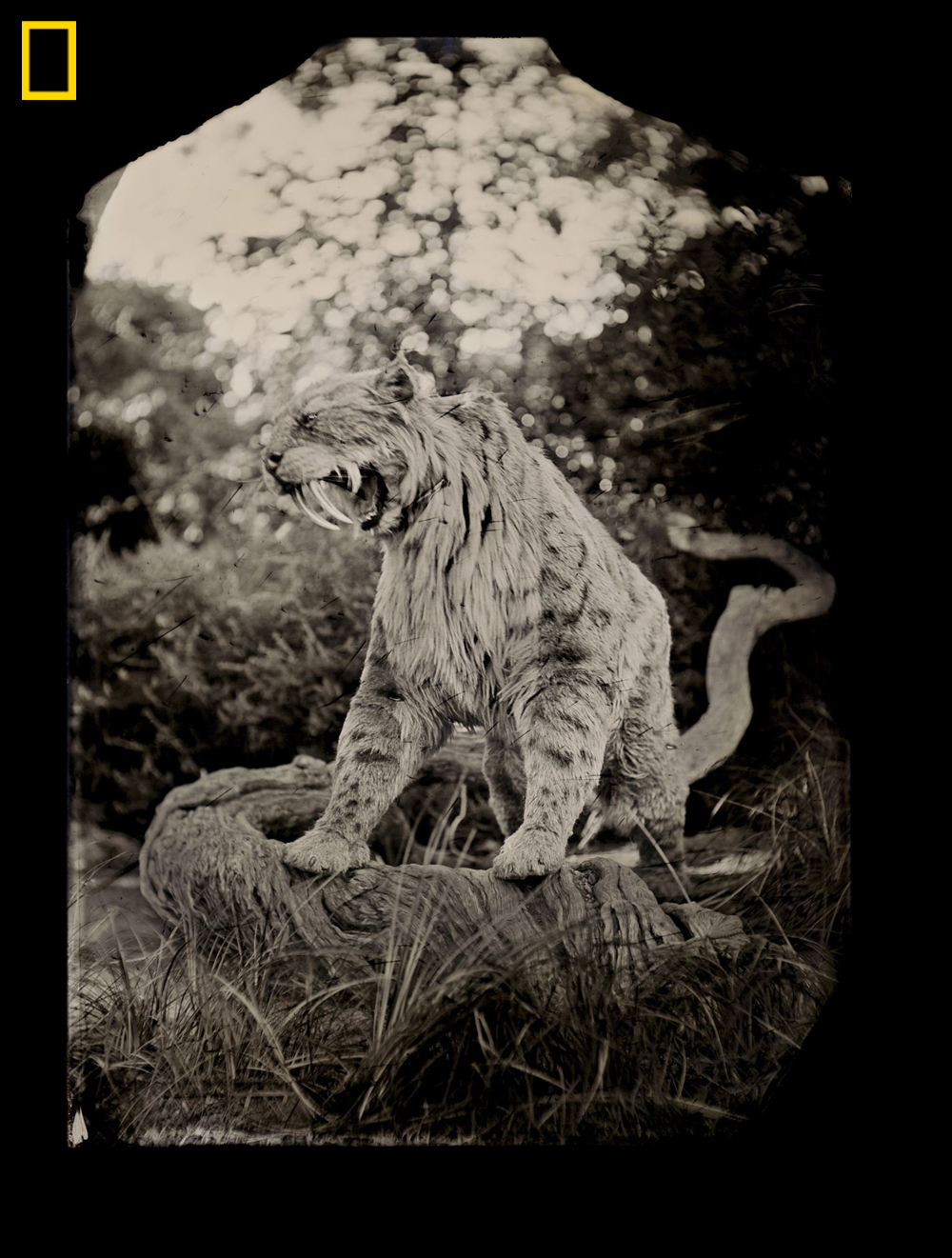
Saber-toothed cats (Smilodon fatalis) were lion-size ambush predators, best known for their long canine teeth. The cats went extinct at the end of the Pleistocene Epoch some 11,000 years ago. This saber-toothed cat replica is a creation of Jim Henson’s Creature Shop.
De-extinction
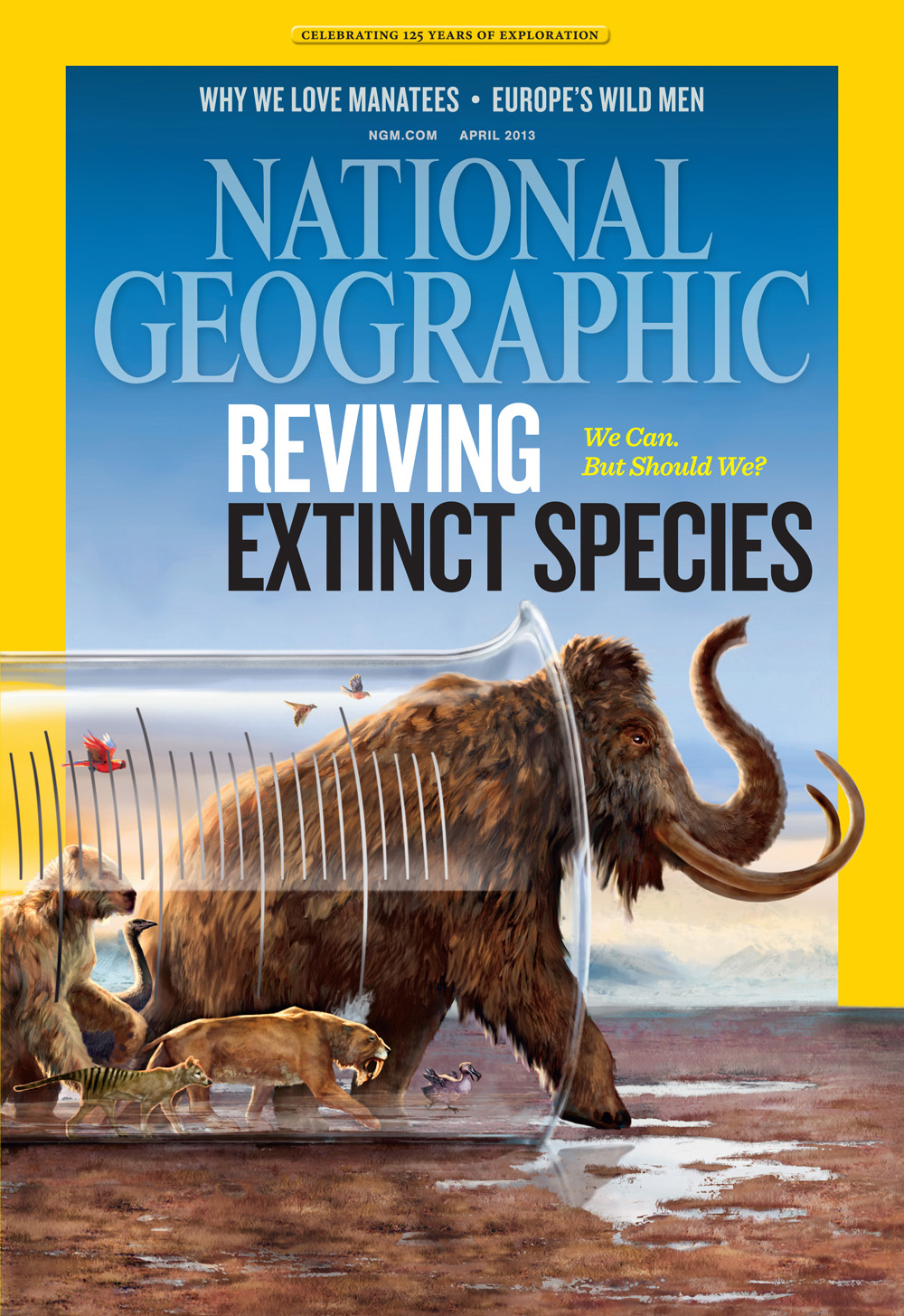
National Geographic magazine covers de-extinction in its April 2013 issue. The National Geographic Society also hosted a forum on the subject, TEDxDeExtinction, in Washington, D.C., on March 15.










